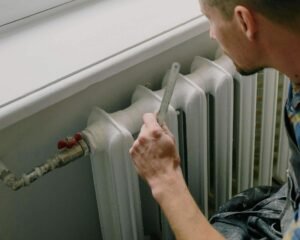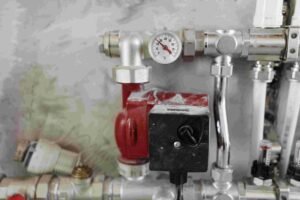Overview of the Heating and Cooling Industry in Winnipeg
The heating and cooling industry in Winnipeg has evolved significantly over the years, driven by the city’s distinctive climate characterized by frigid winters and sweltering summers. This unique weather pattern creates a consistent demand for reliable heating and cooling solutions, making the industry an essential part of daily life for residents and businesses alike.
Key players in Winnipeg’s heating and cooling market range from well-established companies to smaller, specialized businesses. Major companies often have extensive service offerings, including installation, maintenance, repairs, and emergency services. These firms typically have the resources to handle large-scale projects and complex systems, catering to both residential and commercial clients. On the other hand, smaller businesses often focus on niche markets, providing personalized services and forging strong community ties through exceptional customer service.
The industry’s growth in Winnipeg can be traced back to the early 20th century, when technological advancements began to make heating and cooling systems more accessible. Over the decades, the sector has expanded, incorporating modern technologies and energy-efficient solutions to meet the evolving needs of the market. This growth is also reflected in the increasing number of service providers and the variety of services available today.
Winnipeg’s heating and cooling landscape is also shaped by a stringent regulatory environment. Local codes and standards ensure that all systems meet safety and efficiency criteria, protecting consumers and promoting environmental sustainability. Businesses in this sector must adhere to regulations such as the Manitoba Building Code and various municipal bylaws, which govern the installation, maintenance, and repair of heating and cooling systems.
In summary, the heating and cooling industry in Winnipeg is a dynamic field driven by the city’s extreme weather conditions. The market comprises a mix of major companies and small businesses, each offering a range of essential services. The industry’s history of growth and its adherence to strict regulatory standards underscore its importance in the region, ensuring that residents and businesses can rely on effective and efficient climate control solutions year-round.
Current Trends and Future Outlook
The heating and cooling business in Winnipeg is witnessing a significant transformation, driven by advancements in technology and shifting consumer preferences. One of the most notable trends is the adoption of smart thermostats. These devices offer homeowners greater control over their indoor climate, leading to improved energy efficiency and cost savings. The integration of smart technology with heating and cooling systems allows for real-time monitoring and adjustments, enhancing both convenience and performance.
In addition to smart thermostats, there is a growing emphasis on energy-efficient systems. Consumers are increasingly seeking solutions that reduce energy consumption and lower utility bills. This shift is partly influenced by rising environmental awareness and the desire to minimize carbon footprints. Innovations in HVAC technologies, such as variable refrigerant flow (VRF) systems and high-efficiency heat pumps, are gaining popularity for their ability to provide optimal comfort with reduced energy usage.
Eco-friendly refrigerants are also becoming more prevalent in the industry, as regulations phase out older, environmentally harmful substances. The use of refrigerants with lower global warming potential (GWP) is not only a regulatory requirement but also a response to consumer demand for sustainable practices. This trend aligns with the broader movement towards green building standards and sustainable home improvements.
Despite these advancements, the heating and cooling industry in Winnipeg faces several challenges. Labor shortages are a significant concern, as there is a growing gap between the demand for skilled technicians and the available workforce. Additionally, supply chain disruptions have impacted the availability of essential components, leading to delays and increased costs. Climate change also poses a challenge, as extreme weather conditions can strain HVAC systems and increase maintenance needs.
Looking ahead, the future of the heating and cooling business in Winnipeg appears promising. The demand for sustainable and cost-effective solutions is expected to continue growing, driving innovation and investment in new technologies. Emerging opportunities include the development of advanced materials, integration with renewable energy sources, and the expansion of smart home ecosystems. As the industry evolves, companies that prioritize innovation and adaptability will be well-positioned to thrive in the dynamic landscape of Winnipeg‘s heating and cooling market.





